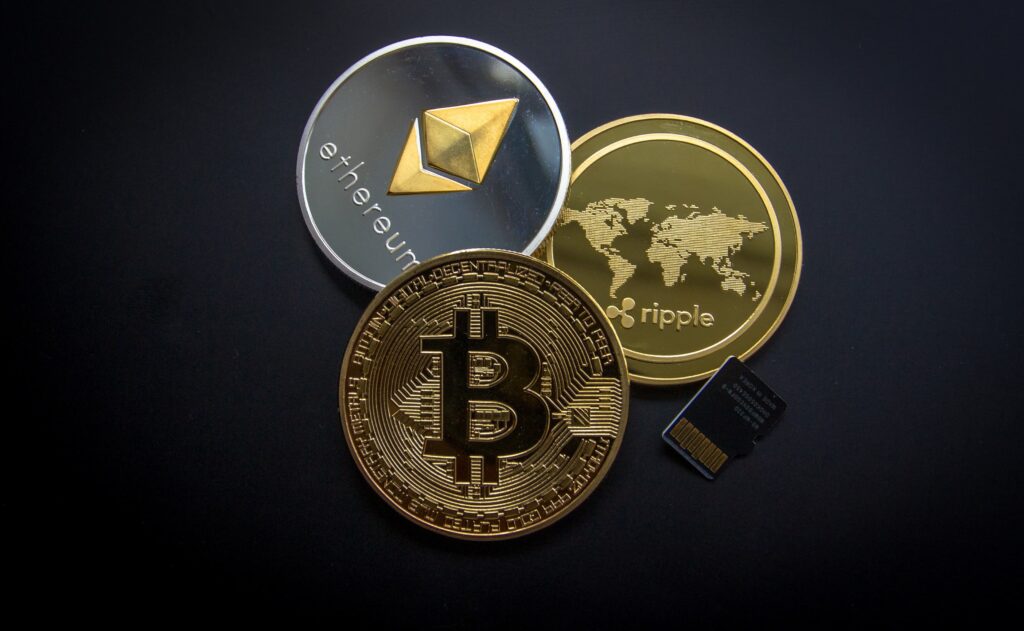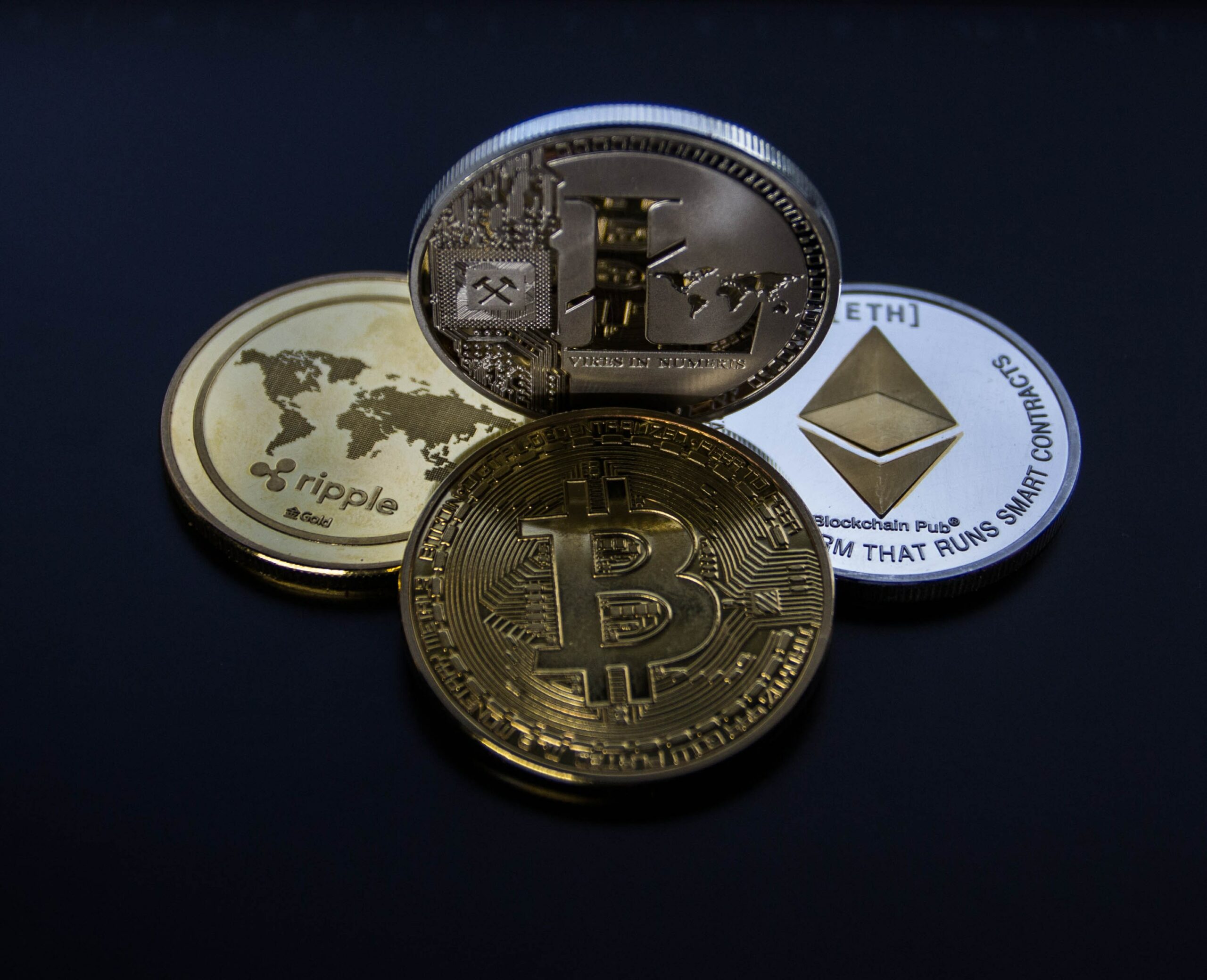Cryptocurrency is a type of digital currency that does not have a material form, that is, banknotes. About how cryptocurrencies work, how they differ from ordinary money and what blockchain is – in the material of the Prime agency.
Cryptocurrencies operate only in digital form; the Central Bank or other regulator of the country’s money circulation does not participate in their release. However, they can be used as investments, capital savings and as a medium of exchange.
“Cryptocurrencies are similar to traditional currencies, but they do not have a physical embodiment and use cryptography, which makes them almost impossible to fake or spend twice. Unlike PayPal or other banking application, which is based on working with a central server, the key principle of the crypto world is decentralization There is no hierarchy and the ability to manage from one point, “explained Maxim Fedorov, Investment Adviser at Fontvielle Investment Company.

History of creation and development
The idea of electronic money was introduced in 1983 by cryptographers David Chaum and Stefan Brands – they first described the principles of operation of an anonymous digital payment system similar to blockchain (a technology for encrypting and storing data that is distributed over many computers connected to a common network). In the early 90s, entrepreneurs created the DigiCash company, transactions through which were anonymous thanks to a number of cryptographic protocols. It went bankrupt in 1998, but David Chaum became known as the “Godfather of Cryptocurrency”. In the same year, two developers independently launched their digital projects: Wei Dai created the B-money project, and Nick Szabo the Bit-Gold project. They became the prototypes of the cryptocurrency.
For the first time, the term “cryptocurrency” was used in 2009 after the appearance of the Bitcoin payment system (abbreviated as BTC), which was created by a person or group of persons under the pseudonym Satoshi Nakamoto. At first, bitcoins were practically worth nothing, and there was nothing to spend them on, while coins were mined without much difficulty. On May 22, 2010, programmer Laszlo Heinitz bought two pizzas for 10,000 BTC. At the time of purchase, this amount was $ 25, and at the current rate has increased to $ 274 million.
Starting from that moment, cryptocurrencies began to develop actively, in 2010-2011 the first exchanges appeared on the Web, where you could exchange bitcoin for real money.
For what and why is it necessary
Cryptocurrencies are used, in particular, to make confidential transactions without an intermediary. Digital money can be used in international and domestic transactions, as investments, capital savings and as a medium of exchange.
According to Dmitry Demin, Head of Applied Solutions and Monitoring Department of Sitronics Group, the main purpose of cryptocurrency is to be able to anonymously and quickly transfer funds of any amount from one point of the world to another with the lowest possible commission.
How does it work
Cryptocurrency works on the basis of blockchain technology – a public ledger where records of all financial transactions are stored. This provides digital transactions with security and transparency.
What is blockchain
Dmitry Demin noted that when using cryptocurrency, there are no intermediaries like banks or payment system operators that control the real balances of money on accounts. This leads to the problem of double spending – a situation where a person can pay twice with the same money for different goods, that is, spend twice as much money as he has.
“To prevent this from happening, all participants in the process need to have a way to record and store information about financial transactions. Blockchain has become such a technology – a chain of blocks with information about each transaction. These blocks are interconnected and protected using cryptography. Most cryptocurrencies use an open, cryptographically secure distributed ledger of transactions, in which each block contains its own unique cryptographic identifier that allows it to be “associated” with the previous block,” the expert explained.
Thus, each member of the network has access to the full history of transactions, and none of them can be changed or faked. For example, if an attacker tries to get a currency dishonestly, make changes to the transaction amount or create a new one without the consent of other participants, then the system will block it after comparing it with other databases. In this case, the information from the databases is distributed over a plurality of computers united in a common network.
Forms and types
There are several forms of cryptocurrencies:
- Coins (coins). These are cryptocurrency monetary units created on their own blockchain. They are mined with the help of mining – the generation of new blocks of the blockchain by solving complex mathematical problems on powerful computers. As a result of the successful creation of the block, a new cryptocoin appears, and the miner receives a reward. It can be transferred to other users of the blockchain system and sold for regular currency. This type of coin includes all cryptocurrencies developed from scratch and their forks (for example, Bitcoin and Bitcoin Cash).
- Tokens. They do not have their own platform, they are created on the basis of an already existing blockchain. At the same time, unlike coins, they cannot be mined – the main part of the tokens that currently exist are formed on the Ethereum blockchain protocol. At the same time, they can be bought or earned for activity. Often, tokens are used to attract investments, they can be used to pay for purchases of domestic goods and services, and they are also considered an analogue of securities on the stock exchange in the world of cryptocurrencies.
Altcoins are all other cryptocurrencies that appeared after bitcoin. They run on a rewritten bitcoin blockchain, so that developers can increase the speed of transactions, increase their level of privacy, etc.
NFT tokens are unique tokens that cannot be substituted or exchanged for another token. Otherwise, they are called non-interchangeable. NFT is used to confirm the ownership of digital assets and the right to use them. Most often, these are works of digital art, photographs, collectible digital items, videos, music and much more.
Another important concept is stablecoins. These are coins that are pegged to physical assets, such as the dollar or euro, gold, oil or gas. Due to this, stablecoins do not jump in price as often and sharply as bitcoins.



